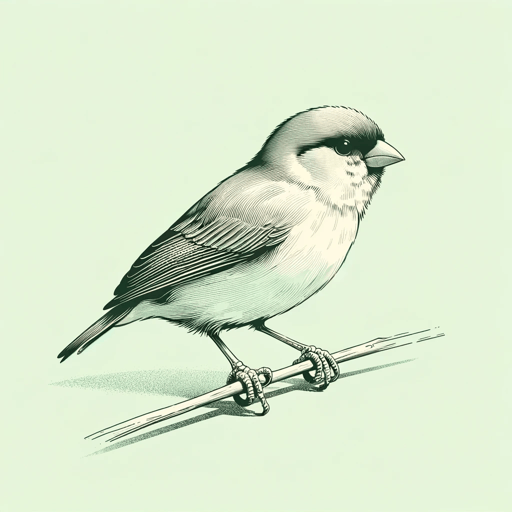61 pages • 2 hours read
Charles DarwinOn the Origin of Species
Nonfiction | Book | Adult | Published in 1859A modern alternative to SparkNotes and CliffsNotes, SuperSummary offers high-quality Study Guides with detailed chapter summaries and analysis of major themes, characters, and more.
Chapters 5-7Chapter Summaries & Analyses
Chapter 5 Summary: “Laws of Variation”
In developing his understanding of the origin of species based on natural selection theory, Darwin provides an overview of the various laws of variation through which natural selection operates. He begins by arguing that we shouldn’t place much relevance on the conditions of life as directly causing the variation of species.
The use and disuse of various parts of an animal or plant’s system have an important impact on variation. The more useful a part is (a wing, a beak, etc.), the more likely it’s selected for and perfected. If it falls into disuse, it may diminish in size, scope, or power. Darwin refers to the rudimentary eyes of moles as an example. On the other hand, physical climate (a condition of life) plays a smaller role in the development of variations. Darwin notes the diverse array of climates in which various domesticated species can survive and reproduce. He posits that the ranges of various animal species are more likely limited by competition with other animals than by climatic conditions: “Hence, I am inclined to look at adaptation to any special climate as a quality readily grafted on an innate wide flexibility of constitution, which is common to most animals” (649).
Featured Collections
Appearance Versus Reality
View Collection
Beauty
View Collection
Earth Day
View Collection
Nature Versus Nurture
View Collection
Order & Chaos
View Collection
Religion & Spirituality
View Collection
Required Reading Lists
View Collection
Science & Nature
View Collection
The Best of "Best Book" Lists
View Collection


